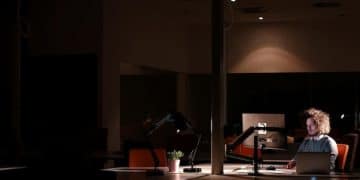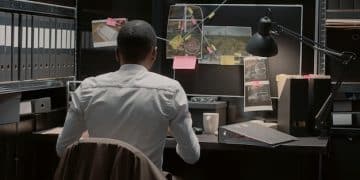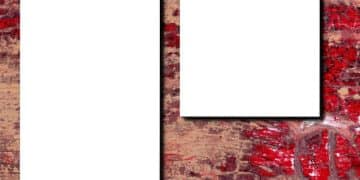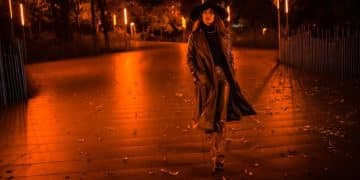The Editor’s Craft: How Cutting and Pacing Shape Movie Magic

The role of the editor is crucial in shaping a movie’s narrative, determining its pacing, and manipulating the audience’s emotions through careful decisions about when and how to cut scenes.
The heartbeat of a film, often unseen but profoundly felt, is shaped in the editing room. Dive into the role of the editor: how cutting and pacing shape a movie, influencing everything from tension to emotional impact.
Unsung Hero: The Editor’s Invisible Hand
Film editing is more than just stitching scenes together; it’s a complex and creative process that can make or break a movie. It’s about crafting a coherent narrative, managing the flow of information, and manipulating the audience’s emotions through carefully chosen cuts and pacing.
Consider the editor as a storyteller who uses footage instead of words, sculpts scenes from raw takes, and decides what audiences see when they see it. But what exactly does this role entail, and how does their work affect the final product?
Defining the Editor’s Role
The editor’s role is diverse and multifaceted. They collaborate closely with the director, translating the director’s vision into a tangible form. They make decisions about scene selection, order, and duration, always with an eye towards enhancing the story.
Beyond the technical aspects, editing is a creative act that requires a deep understanding of storytelling, character development, and audience psychology. Effective editors are insightful problem-solvers and meticulous artisans.
- Selection of Takes: Choosing the best performances and camera angles from multiple takes.
- Scene Arrangement: Sequencing scenes to create a compelling narrative flow.
- Pacing Control: Adjusting the rhythm of the film to build tension or evoke specific emotions.
- Collaboration: Working closely with the director and other creatives to achieve a cohesive vision.
Ultimately, the editor’s task is to take the raw material of a film and transform it into a polished, engaging, and impactful cinematic experience. They are the silent architects of a film’s narrative structure, ensuring that every scene serves a purpose and contributes to the overall story.
The Art of Cutting: Transitions and Techniques
The editor’s toolkit overflows with precise tools designed to dictate the look and feel of a film. From seamless transitions to jarring juxtapositions, each cut is a decision that can profoundly affect the narrative.
Understanding these techniques is crucial to comprehending how a film editor can influence audience perception and emotional engagement.
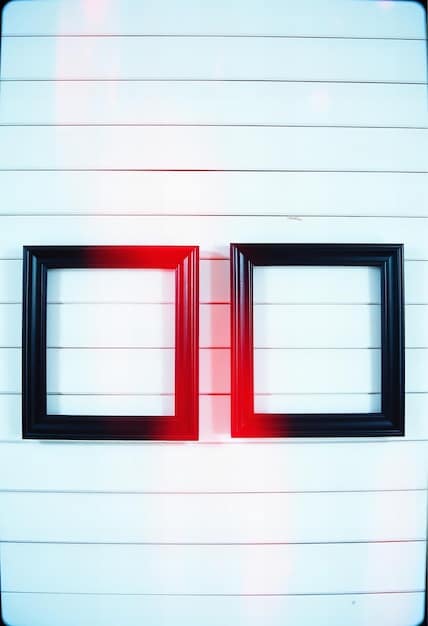
Types of Cuts and Transitions
The choice of cut is never arbitrary; but depends on the emotional moment of the narrative. Editors employ a variety of cuts and transitions, each serving a unique purpose.
A straight cut is the most basic, creating an immediate juxtaposition between two shots. Dissolves and fades offer a smoother transition, often used to indicate a passage of time or a change in location.
- Straight Cut: An instantaneous change that connects two scenes together.
- Dissolve: One image fades briefly, as the next image appears.
- Fade: A dark screen slowly reveals the contents of the next scene.
- Wipe: A wipe creates a transition from scene to scene.
Montage and Juxtaposition
Beyond individual cuts, editors use montage to condense time and convey information. A montage is a quick succession of shots that create a unified impression or communicate a larger idea.
Juxtaposition, another powerful technique, involves placing two contrasting shots side by side to create a specific effect. This can be used to highlight irony, create tension, or evoke a particular emotion.
Cutting techniques are essential tools for editors to sculpt the narrative and evoke specific emotional or intellectual responses to the film.
Pacing: Controlling the Rhythm of the Story
Beyond individual cuts, the overall pace of a film profoundly impacts audience engagement. Pacing refers to the rhythm and tempo of a film, determined by the length of shots, the frequency of cuts, and the overall flow of scenes.
Effective pacing can enhance tension, create excitement, or allow for moments of reflection.
Fast vs. Slow Pacing
Fast-paced editing, characterized by short shots and quick cuts, creates a sense of urgency and excitement. It’s often used in action movies and thrillers to heighten tension and keep the audience on the edge of their seats.
Slow-paced editing, with longer shots and fewer cuts, allows for a more deliberate and contemplative viewing experience. This is common in dramas and art films, where the focus is on character development and emotional depth.
Pacing is not a one-size-fits-all approach. The best pacing will depend on the genre, the theme, and its aim to engage the audience effectively.
Impact on Genre: How Editing Shapes Expectations
Different film genres often demand different editing styles. The conventions of genre influence everything from cutting techniques to pacing choices.
Understanding how editing varies across genres can provide valuable insight into how films work on different levels.
Action Films: The Thrill of the Cut
Action films typically employ fast-paced editing to amplify excitement and energy. Rapid cuts, dynamic camera angles, and carefully crafted montages are all common features.
Editors in this genre often use jump cuts and fragmented imagery to disorient the viewer and create a sense of chaos, mirroring the on-screen action.
Editing helps action films create excitement, tension, and impact.
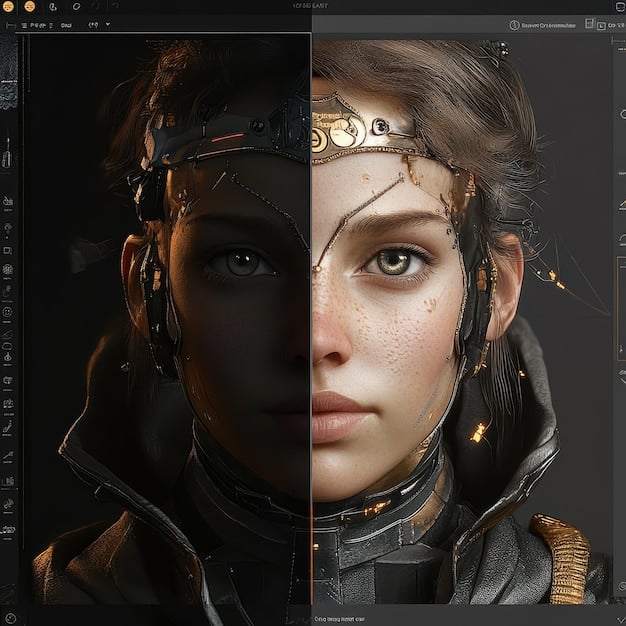
Drama and Romance: Moments of Reflection
In contrast, dramas and romances often favor slower pacing and more deliberate editing choices. Longer shots allow for greater character exploration and emotional resonance.
Editors in these genres may use dissolves and fades to create a sense of intimacy or to indicate the passage of time. They also use subtle cuts to highlight character reactions and emotional nuances.
Ultimately, the editing style in various types of movies reflects their unique focus.
Case Studies: Iconic Editing Moments in Film History
Examining specific examples of exceptional editing is a great way to appreciate the art of film editing. These iconic moments showcase the power of cutting and pacing.
Let’s look at film history’s most notable examples.
“Psycho” (1960): The Shower Scene
Alfred Hitchcock’s “Psycho” features one of the most infamous editing sequences in film history: the shower scene. With over 70 cuts in just 45 seconds, editor George Tomasini creates a sense of frenzied violence without ever explicitly showing the knife penetrating the victim’s skin.
The strategic use of cuts and sound design creates a suspenseful and terrifying experience for the viewer.
“2001: A Space Odyssey” (1968): The Match Cut
Stanley Kubrick’s “2001: A Space Odyssey” contains a famous match cut that spans millennia in a single edit. A bone thrown into the air by an ape seamlessly transitions into a spaceship orbiting Earth.
This simple yet brilliant cut connects humanity’s primitive past with its technological future, forming a powerful statement on evolution and progress.
The Future of Editing: Technology and Trends
As technology advances, film editing continues to evolve. Digital editing software, AI-assisted tools, and new storytelling techniques are transforming the editor’s role.
These developments offer exciting possibilities for the future of cinema.
Virtual Reality and Immersive Experiences
Virtual reality (VR) and immersive experiences present new challenges and opportunities for editors. VR storytelling requires a different approach to cutting and pacing.
Because viewers can explore a scene from any angle, editors must carefully guide their attention without relying on traditional framing and cutting techniques.
The integration of VR technology is transforming film editing, giving way to a more immersive approach.
| Key Concept | Brief Description |
|---|---|
| 🎬 Editor’s Role | Shapes narrative and manages information flow. |
| ✂️ Cutting | Involves choosing the types of transitions to make, such as straight cuts, dissolves, and fades. |
| ⏱️ Pacing | Controls film rhythm through shot length and cut frequency. |
| 🔄 Genre Impact | Editing styles change depending on the unique qualities of each different genre. |
Frequently Asked Questions
▼
Editing shapes the narrative, pace, and emotional impact of a film, ensuring that the story is coherent and engaging for the audience.
▼
A film editor selects and combines footage to create a cohesive story, working with the director to realize the director’s vision.
▼
Pacing can generate excitement or tension, allowing for moments of reflection, influencing the audience’s engagement, and controlling their emotional response.
▼
Straight cuts, dissolves, fades, and wipes are some common editing techniques used to transition between scenes and shape the cinematic experience.
▼
Various techniques are crucial for specific genres. Action movies rely on fast-paced elements, while dramas require different measures that create a more emotional and reflective audience experience.
Conclusion
In conclusion, the role of the editor is multifaceted and vital, extending far beyond mere technical execution. Through cutting and strategic pacing, the editor molds raw footage into compelling narratives that resonate with audiences and shape their perception of a story. The editing process is an art form, vital in shaping how we experience movies.
